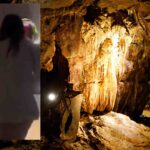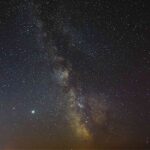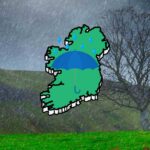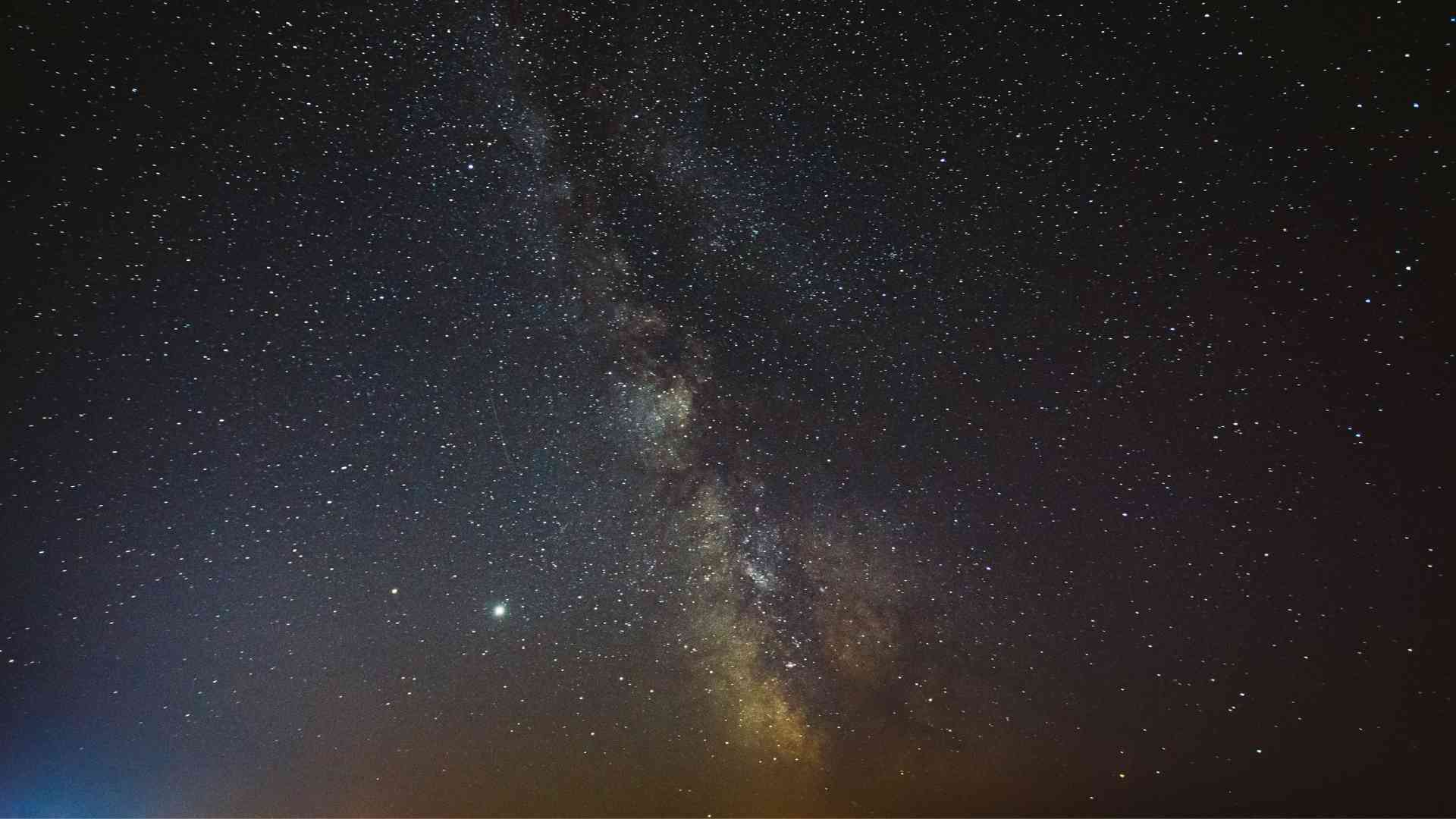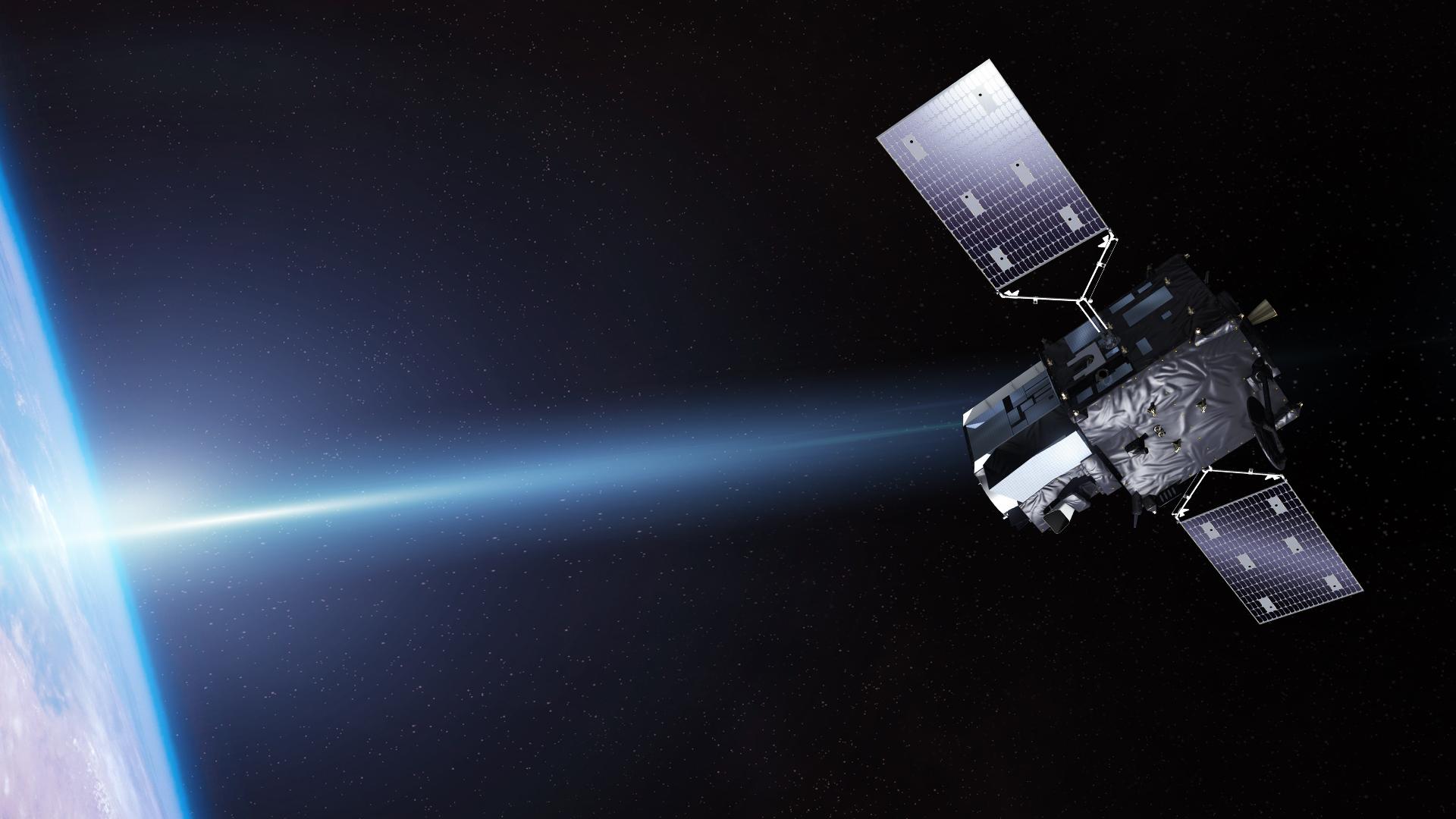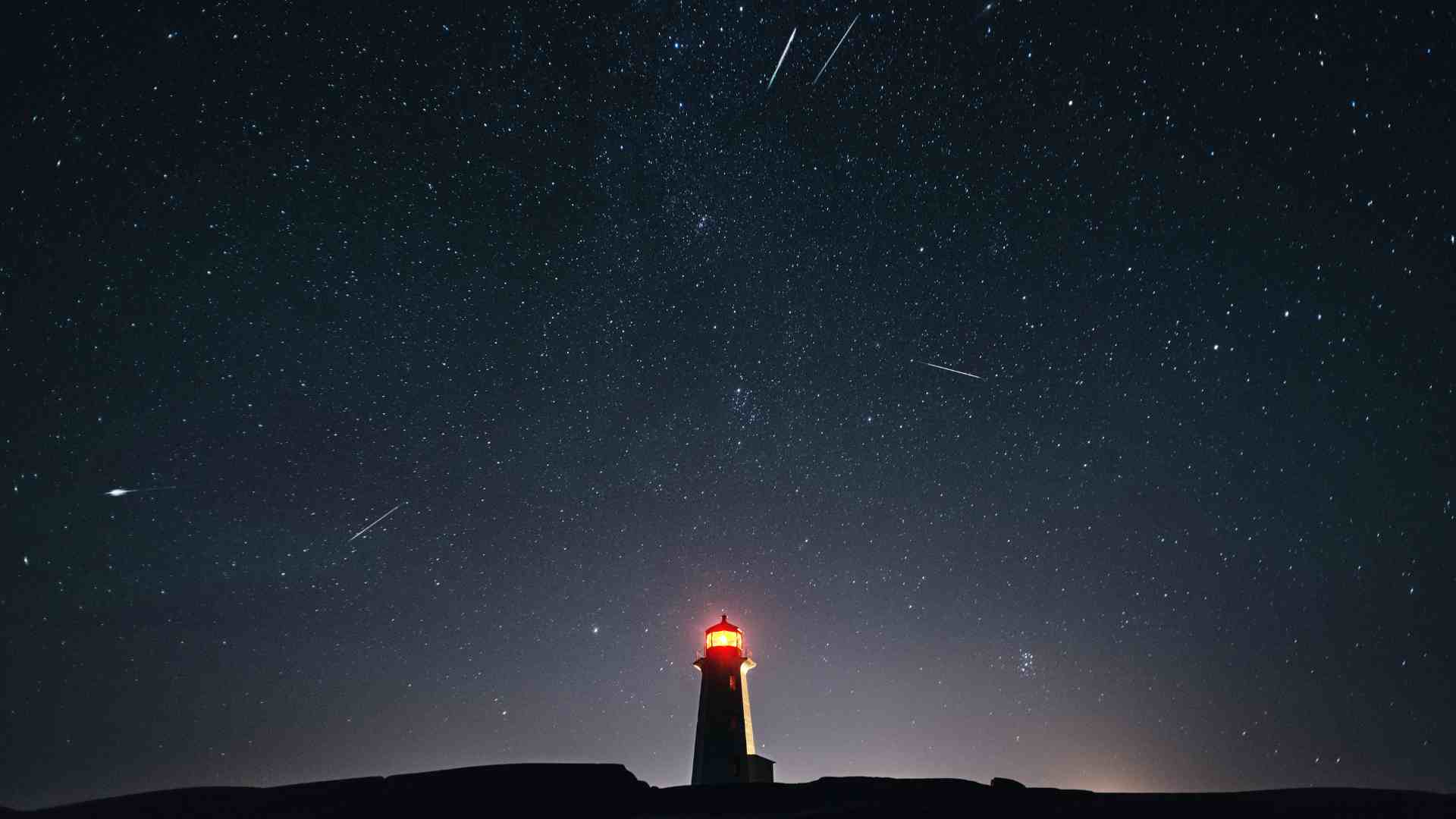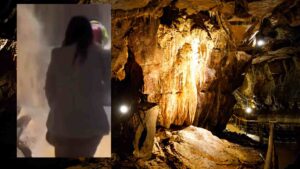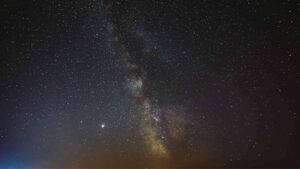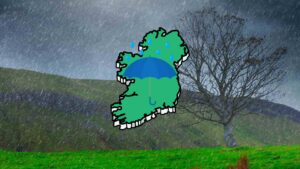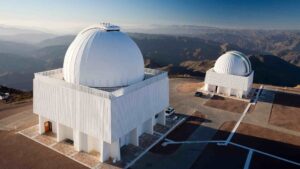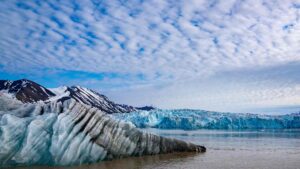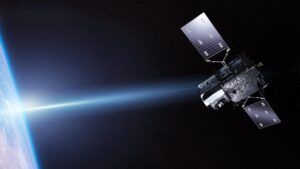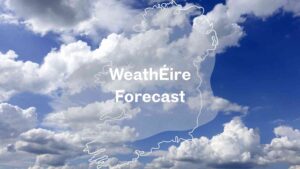
Planet Caught in the Act of Being Born
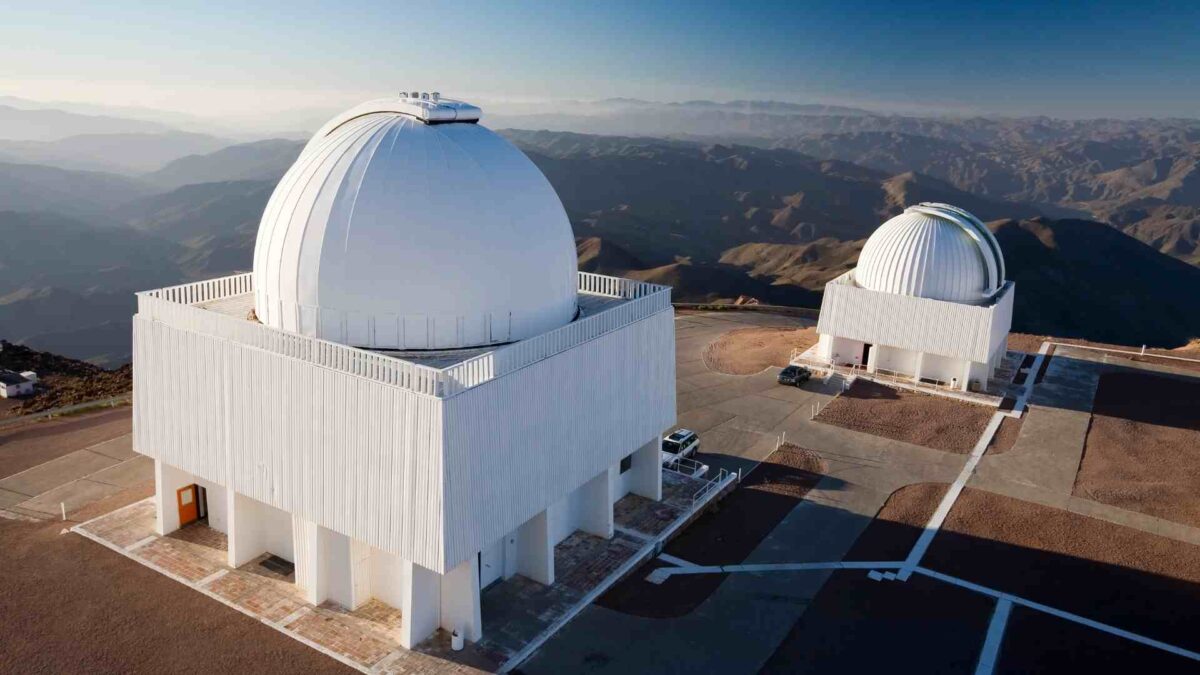
For the first time, astronomers may have spotted a baby planet forming before our eyes — carving out spiral arms in the gas and dust around a young star, 440 light-years from Earth.
Using the European Southern Observatory’s (ESO) Very Large Telescope in Chile, researchers zoomed in on a star called HD 135344B, uncovering what appears to be a newborn gas giant, twice the size of Jupiter, nestled within its protoplanetary disc. That’s the swirling mix of material planets are born from — and this one’s been caught in the act of sculpting its surroundings.
“We might be watching a planet come into existence in real time,” said lead author Francesco Maio, from the University of Florence. The planet was detected exactly where theory predicted — at the base of one of the disc’s dramatic spiral arms.
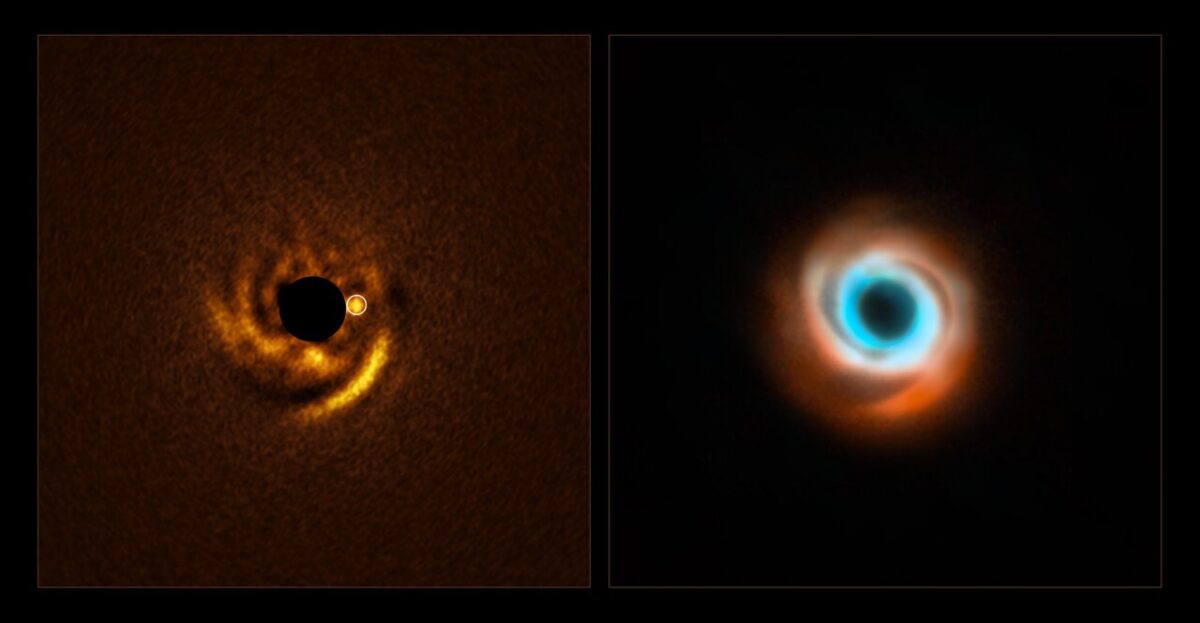
This is the first direct detection of a protoplanet embedded in one of these spirals — a long-sought smoking gun in understanding how planets shape their birthplaces.
And that’s not all. Another young star, V960 Mon, also shows signs of a mysterious companion forming nearby — possibly a planet or a brown dwarf. If confirmed, it could be the first planet observed forming through a dramatic process called gravitational instability — where chunks of swirling gas collapse under their own weight.
Astronomy has never been closer to witnessing the cosmic moment where dust becomes a world.
Share this WeathÉire story:

